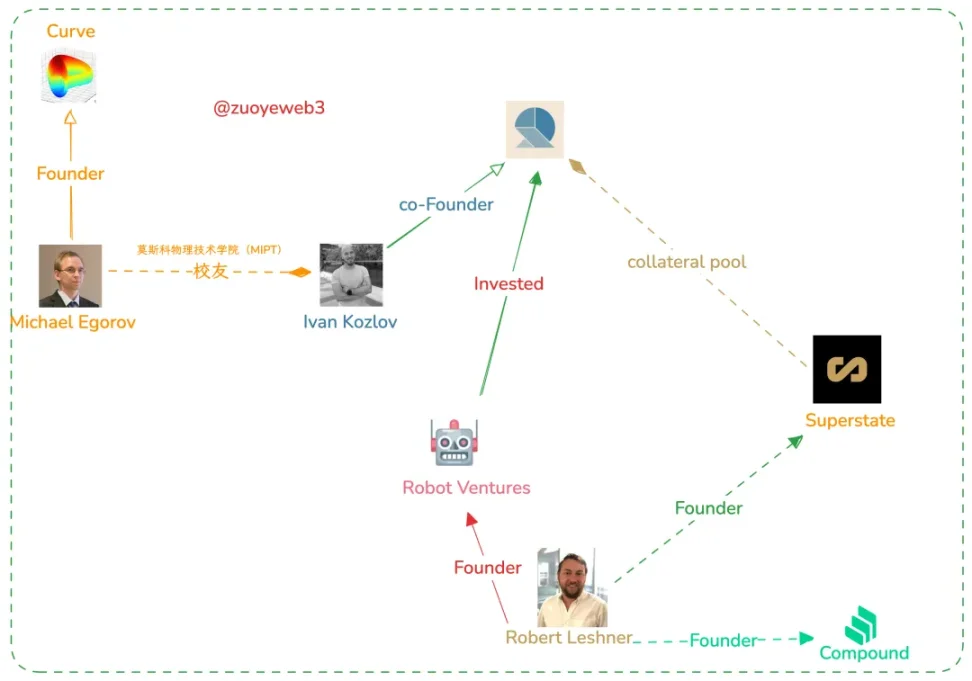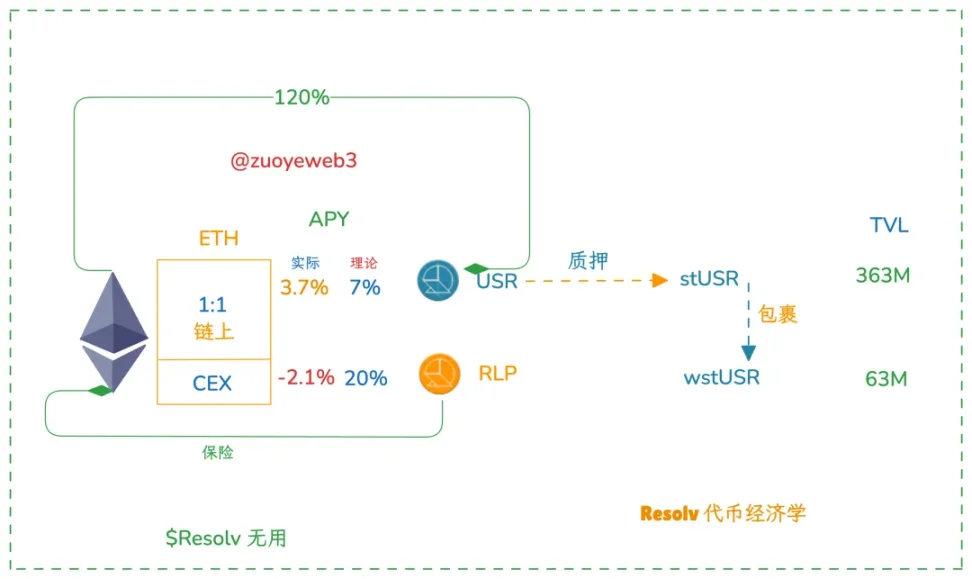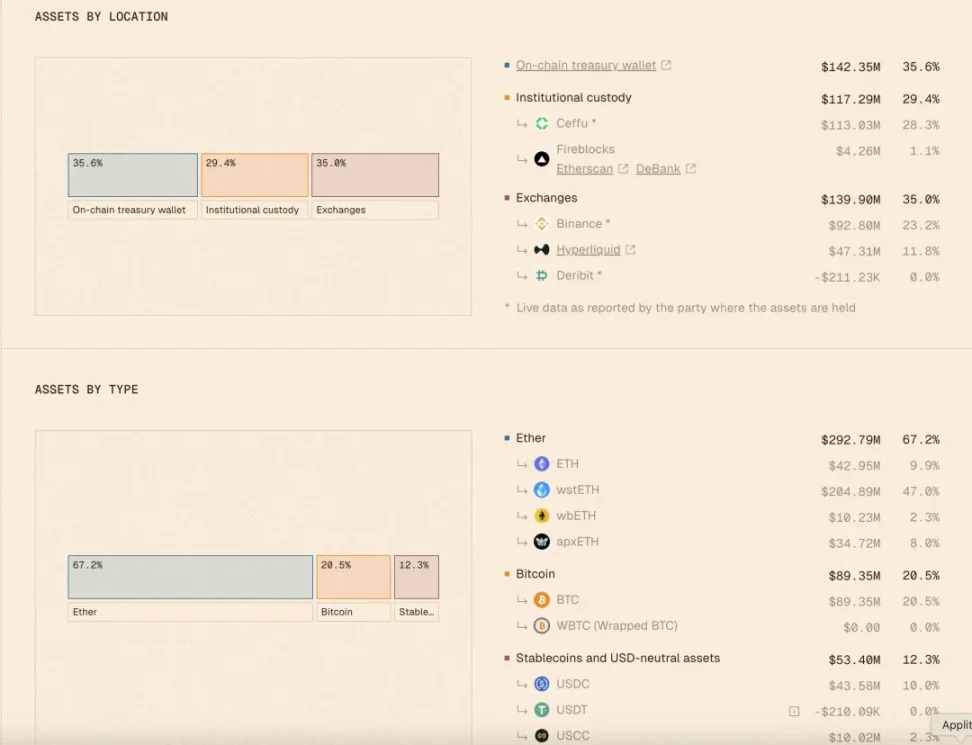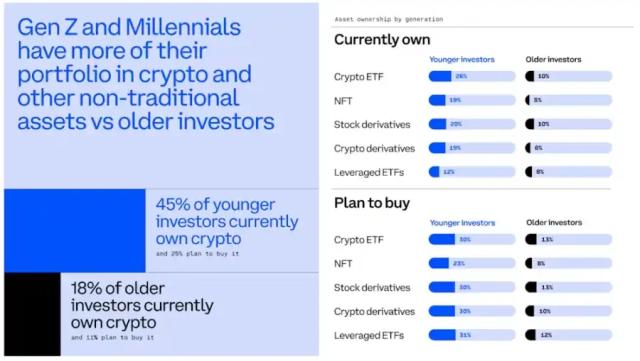After large funds have made their choice, the market for small funds has been freed up.
In this cycle, the bull and bear markets are not idle, with VCs, KOLs, and stablecoins being the three major trends, among which KOLs themselves are an asset that can be tokenized.
The choices for VCs are increasingly limited, focusing on stablecoins and "simple investment" products, and reinvesting in already-issued token projects, which are lower-risk options with certain returns.
On April 16th, the on-chain Delta neutral yield stablecoin (YBS) project Resolv completed a $10 million seed round led by Maven11, which is also its first public financing since its establishment in 2023.
Compared to Ethena's blazing approach, Resolv is relatively low-key, but its innovations are no less impressive than its peers. In summary, they can be described as: a more unique yield model, more on-chain yield sources, and more complex tokenomics.
Russian Geeks' American Gold Rush Dream
A gesture of goodwill from Trump brought the restoration of Russian citizenship.
The lead investor Maven11 is located in the Netherlands, with participating funds like Robot Ventures being predominantly US-based. The three founders of Resolv - Ivan Kozlov, Fedor Chmilevfa, and Tim Shekikhachev - are all science graduates educated in Russia.
There is reason to suspect that this financing was completed long ago but not announced to avoid controversy, considering that Ethena needs exchange VC support, and the YBS project at least needs a liquidity fund to address black swan events.

Image description: Resolv founding team social engineering diagram, image source: @zuoyeweb3
On-chain viability? Ethena believes it's not viable, and Arthur Hayes thinks it needs to form an interest alliance with CEX to stabilize USDe's liquidity, with ENA being exchanged to various exchange VCs by transferring minting rights to ensure the protocol's long-term stability.
In contrast to Resolv, compared to Ethena's compromising attitude, Resolv overall shows an embrace of the on-chain ecosystem and a determination to capture the market with higher yield rates.
More Complex Tokenomics
Unlike Ethena's stablecoin + governance token dual-token mechanism, Resolv actually has three tokens: the stablecoin USR, insurance fund and LP Token RLP, and governance token $RESOLV.

Image description: Resolv tokenomics, image source: @zuoyeweb3
It's worth noting that Resolv's governance token does not serve the special purpose of forming interest alliances like ENA. Ethena's ENA is actually a proportional representative of AP (authorized issuer), and in extreme cases, ENA has little effect on retail investors but is crucial for Ethena protocol operation.
Resolv focuses on the dual-yield token system formed by USR and RLP. Users can theoretically mint USR at a 1:1 ratio after depositing USDC/USDT/ETH, and this asset will be mostly stored in on-chain protocols or Hyperliquid, minimizing asset losses caused by CEX hedging.
Ingeniously, Resolv designed the RLP token, mainly used to cover hedging funds on CEX. Additionally, it offers higher yield rates, with USR's annual yield between 7%-10%, while RLP is between 20%-30%, though these are theoretical and currently not reaching expected values.
More On-Chain Yield Sources
Compared to Ethena, Resolv more actively embraces the on-chain ecosystem. From a yield perspective, YBS is divided into inherent yields of staking assets like stETH and CEX contract hedging fees.
On-chain yields might be higher than CEX hedging, but the prominent issue is Hyperliquid's liquidity is obviously inferior to competitors like Binance. Currently, the hedging contract order ratio between Binance and Hyperliquid is about 7:3, hence the value of RLP.
RLP is a leverage yield token that maintains high yield rates with less capital. Currently, RLP TVL is only $63 million, less than 20% of USR, suitable for high-risk appetite users.
To critique, due to ETH's price trend, most YBS assumptions about ETH long positions paying short fees may not hold true for some time, and RLP's yield is currently negative.
More Unique Yield Model
USR is not much different from USDe, mainly because Resolv introduced RLP as an insurance mechanism. Since Resolv currently cannot completely avoid off-chain CEX and USDC participation, it hopes to minimize their negative impact.

Image description: Resolv data, image source: @ResolvLabs
Theoretically, USR will be completely minted with over-collateralized on-chain assets (currently 120% ratio, with 40% being on-chain assets), and some minted collateral assets will be used for institutional custody and off-chain CEX hedging.
At this point, Resolv's capital efficiency is obviously inferior to Ethena's completely off-chain CEX hedging. Resolv's RLP needs to "compensate" for this portion of yield, at least matching Ethena.
YBS Future Outlook
Ethena only opens the door for YBS and does not mean its end.
USR's base yield is 7% to 10%, RLP's yield is 20% to 30%, with risk isolation. For example, 1.2U of ETH, minting 1USR's reserve is hedged on-chain and Hyperliquid, with 0.2U used to mint RLP and hedge on Binance.
Even if Binance collapses, USR can guarantee rigid redemption. Actually, RLP's theoretical risk exposure is 8%, an innovation beyond Ethena's complete reliance on Perp CEX for capital efficiency and safety.
It can also be understood as a step back. In Ethena's mechanism, as long as CEX does not maliciously attack, there's basically no possibility of a death spiral. In the most extreme case, Ethena protocol can stabilize the situation through negotiation with large holders and its own funds, similar to how Curve's founders stabilized coin prices through OTC during extreme market conditions.
Resolv places more yields and funds on-chain, thus facing various impacts of on-chain portfolios. Binance might not target ENA, but that doesn't mean it won't target Hyperliquid, as referenced in previous writings about Hyperliquid: 9% Binance, 78% centralization.
Ultimately, in a competitive environment, it's often impossible to guarantee a balance between safety and yield. Resolv basically started around the same time as Ethena but currently has far lower TVL and issuance. The choices for latecomers will become increasingly limited.
However, more ships will participate in the YBS grand voyage, and project launch costs in the low-interest financial era will be lower than during DeFi Summer.
This is counterintuitive. Usually, during the DeFi Summer era, just having a product prototype would attract capital inflow. But don't forget, Farming's return often required over 20%, with UST being a prime example, while Ethena's benchmark sUSDE stabilizes below 5%.
In other words, as long as new YBS entrants' APY exceeds 5%, adventurers will participate, opening possibilities for retention. How increasingly more YBS will present themselves to uninformed retail investors is not something that can be solved simply by finding KOL promotions and VC endorsements.
Conclusion
The combination of USR and RLP is actually more like a hybrid of Hyperliquid and Ethena, LP Token + YBS, which I call the Sonic/Berachain-ization of the YBS ecosystem, all attempting to surpass existing products through more complex mechanism designs.
Meanwhile, risks are obviously increasing. Any LP Token mechanism will face the dilemma of creating liquidity for liquidity's sake, and RLP's insurance mechanism has not been tested under extreme market conditions. USDe has experienced de-pegging.
De-pegging is the coming-of-age ceremony for stablecoins. Hope Resolv can pass this test.





